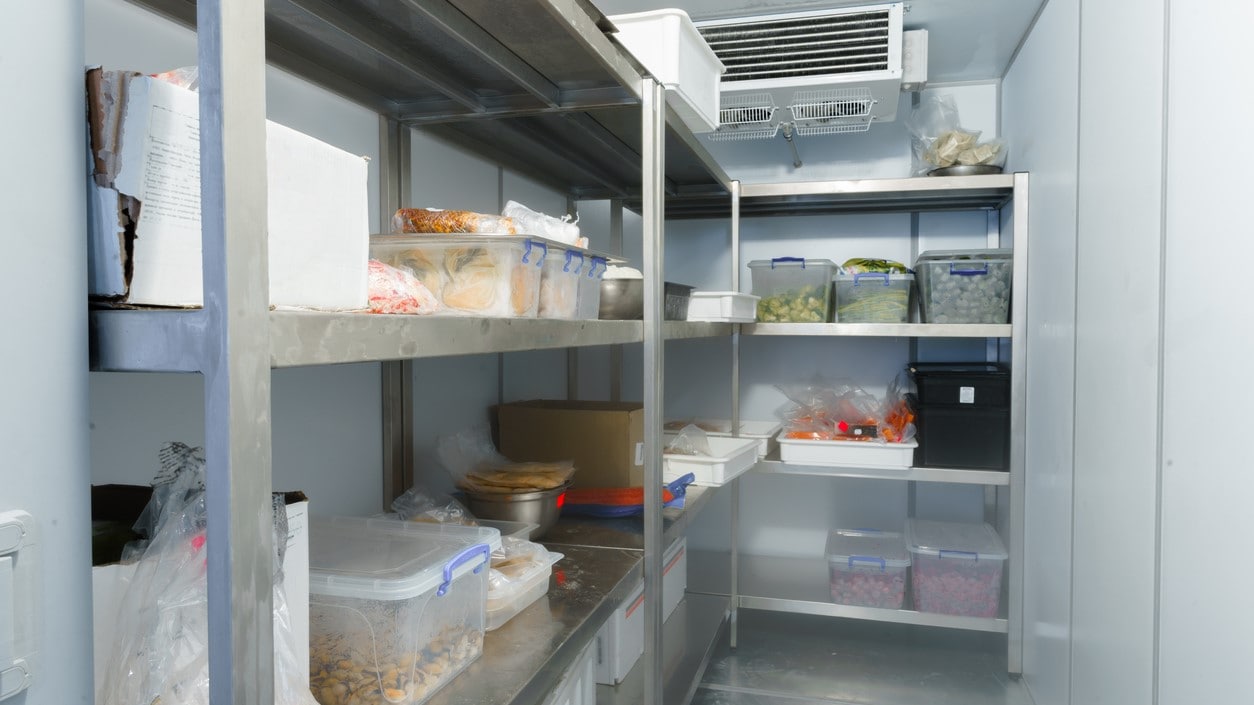At a glance
Date marking helps indicate when foods are no longer safe to eat. Learn what food safety programs and the food industry can do to improve date marking practices in restaurants.

Key takeaways
We found that most restaurants labeled refrigerated and ready-to-eat foods with dates indicating when they are no longer safe to eat. However, almost 1 in 4 restaurants did not.
Our research suggests that food safety programs and the food industry can improve food safety by:
- Encouraging restaurants to use strong date-marking policies and practices. Restaurants with such policies were five times more likely to date mark.
- Verifying and observing date marking. Managers reported date marking more often than we saw date marking on foods.
- Focusing date-marking interventions on independent restaurants. Chain restaurants date marked more often than independent restaurants did.
Why this is important
Date marking helps indicate when foods are no longer safe to eat. This helps prevent foodborne disease outbreaks. This practice is recommended in the Food and Drug Administration's (FDA) Food Code.
Foodborne pathogens, like Listeria monocytogenes, can grow at refrigeration temperatures, particularly in certain ready-to-eat foods, such as deli meat and salads. FDA calls these foods time/temperature control for safety (TCS) foods. If these types of foods will be refrigerated for more than 24 hours, the FDA Food Code recommends:
- They should NOT be kept for more than 7 days
- They should be marked with a date indicating when the food should be eaten, sold, or thrown away
What we learned
We interviewed restaurant managers and observed food preparation and storage practices in kitchen areas. We found that:
- Most restaurants practiced date marking, but almost 1 in 4 restaurants did not date mark foods that should have been date marked
- Restaurants with a policy to mark dates on foods did so five times more often than those without a date-marking policy
- Chain restaurants date marked more often than independent restaurants did
- Managers reported date marking more often than we saw date marking on foods
- Restaurants used a variety of date-marking systems—for example, some restaurants marked date of preparation and others marked date to discard
More information
Journal article this plain language summary is based on
Study data
More practice summaries and investigation summaries in plain language
FDA Food Code
